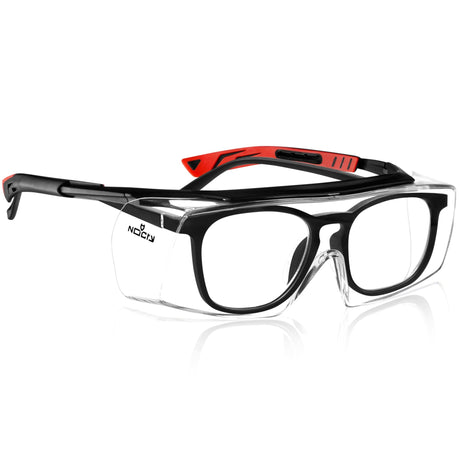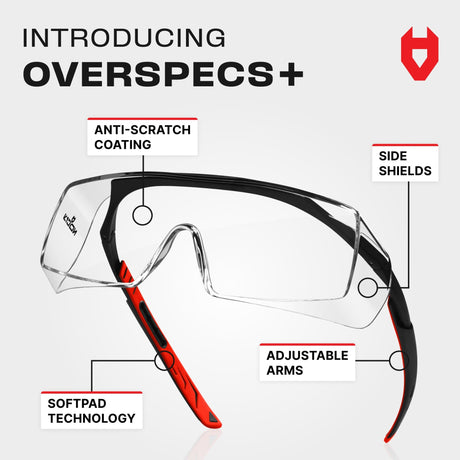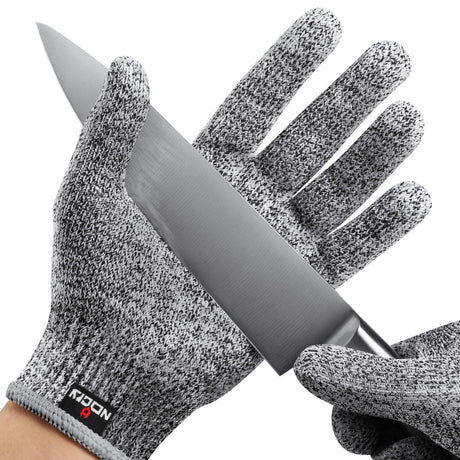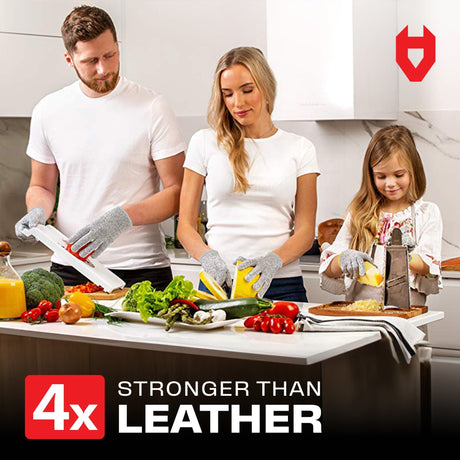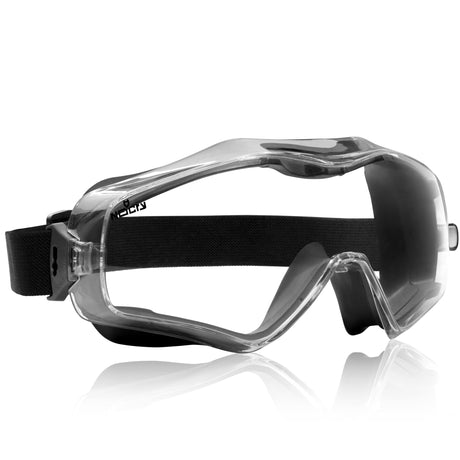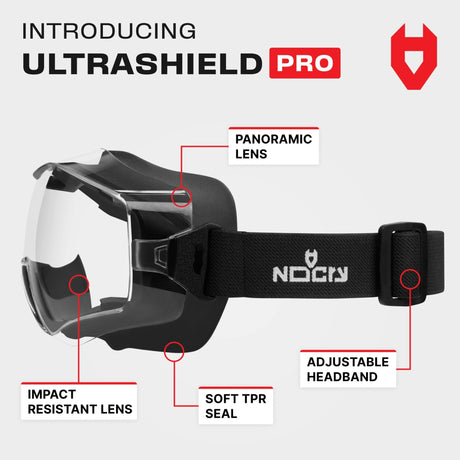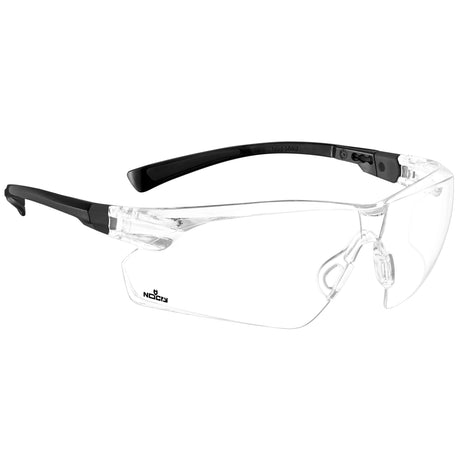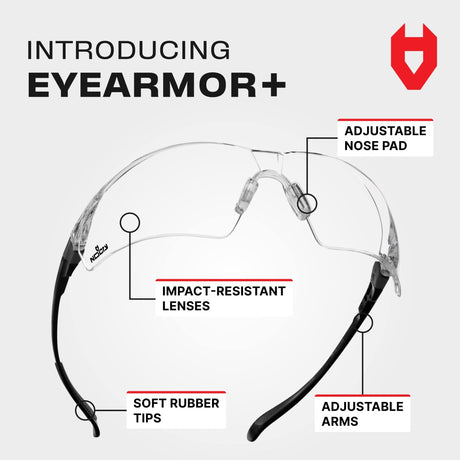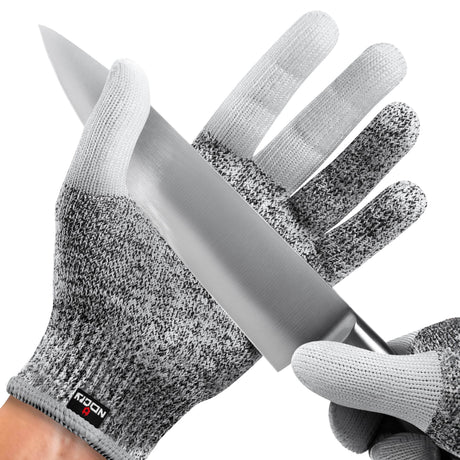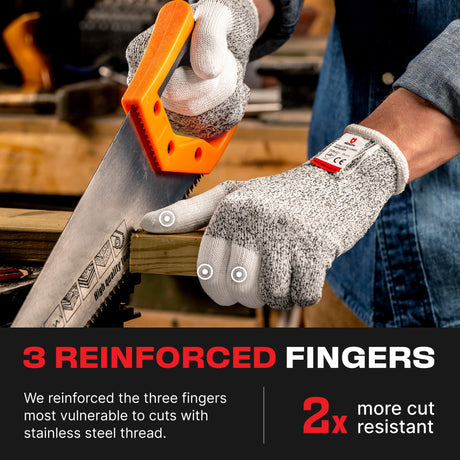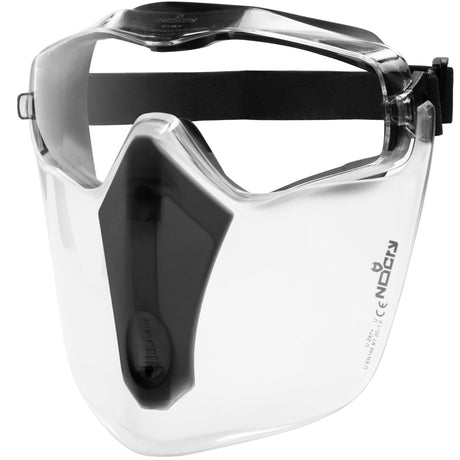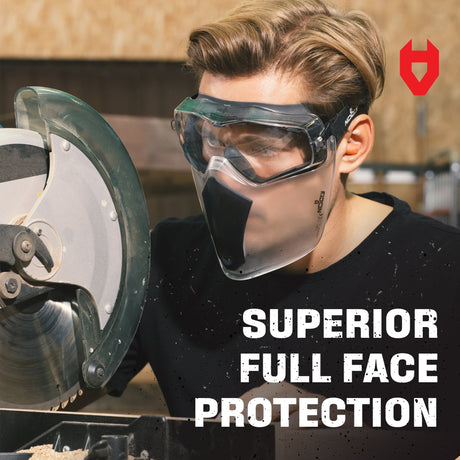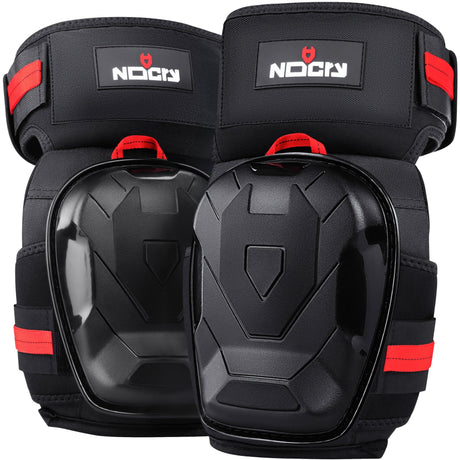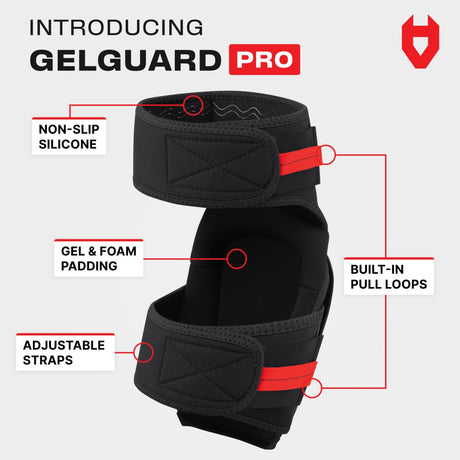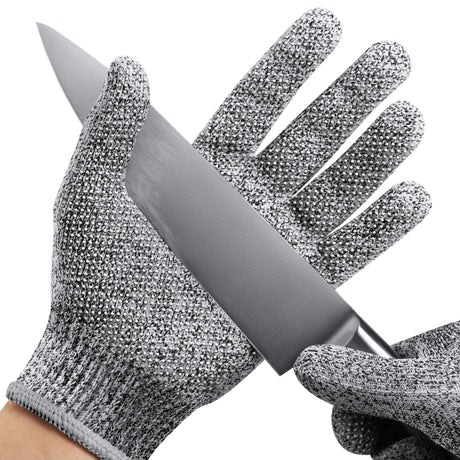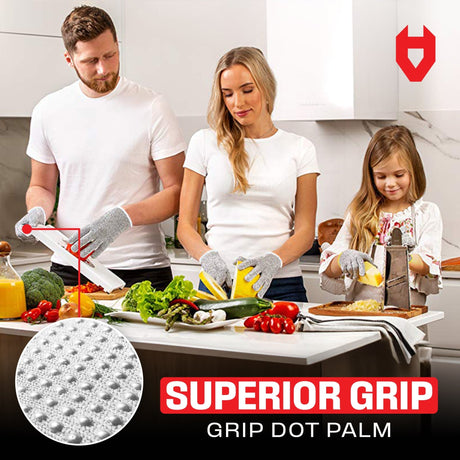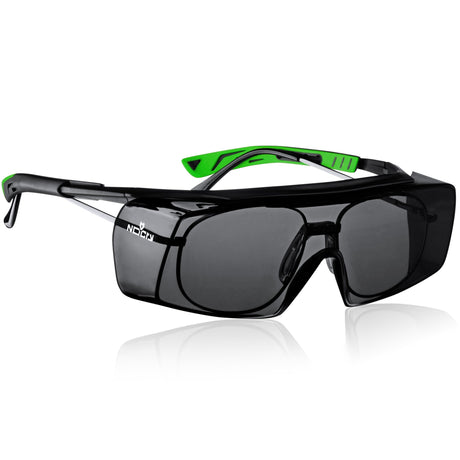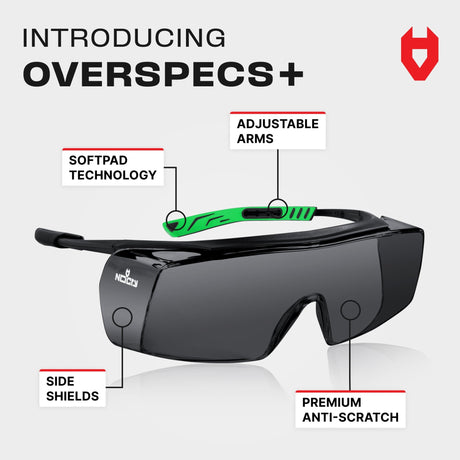Contents
Key Takeaways
- Plumbers need gel-foam and leather pads to prevent static stress damage and avoid slipping on wet surfaces.
- Tile workers and concrete laborers require tough, gel-cushioned pads with anti-roll and abrasion-resistant caps.
- Painters benefit from lightweight, flexible pads that allow frequent squatting without bulk.
- Material matters — foam, gel, leather, TPR, and stainless steel all contribute to durability, comfort, and safety.
- Poor fit can harm circulation — pads should feel secure, not tight.
What Makes Knee Pads Important?
Knee pads protect your joints, not just your comfort level. Plumbers often kneel for hours, which causes static stress that wears down cartilage and can result in chronic pain or injury. Quality pads help cushion and protect the menisci, tendons, and ligaments in the knee.
Tile workers and concrete laborers face hard, abrasive floors all day—this increases the risk of friction injuries. Painters, who kneel repeatedly throughout the day, need flexible protection that won’t restrict movement.
What Are The Best Knee Pads For Plumbers?
Plumbers need knee pads that stay secure and grip wet surfaces.
Top features to look for:
- Gel foam interior: Distributes pressure evenly for long kneeling sessions
- Non-slip leather or rubber shell: Prevents sliding on wet tile or slick floors
- Thigh strap design: Avoid digging behind the knee and stay in place
What Are The Best Knee Pads For Concrete?
If you’re kneeling on hard, rough floors all day, you need durable pads with serious cushioning and a rugged shell.
Top features to look for:
- Shock-absorbing gel support
- Non-slip, anti-roll cap
- Abrasion-resistant exterior
- Quick-release buckles for convenience
- Rust-resistant stainless steel parts
What Are The Best Knee Pads For Painters?
Painting means you’re moving around a lot, so lightweight and flexible pads are key. Painters often work on sensitive surfaces, so your pads should be non-marring.
Top features to look for:
- Soft EVA foam pads
- Neoprene knee sleeves
- Hook-and-loop straps or pull-on sleeves for quick transitions between standing and kneeling.
What Are The Best Knee Pads For Tiling?
Tilers work on hard, abrasive surfaces all day. You need pads that offer maximum shock absorption, don’t slide, and resist wear from grout and ceramic shards.
Top features to look for:
- Thick gel core for all-day cushioning
- TPR or hard shell caps to prevent rolling and resist abrasions
- Snug thigh support to keep the pad in place
- Quick-release buckles for easy removal after messy work
What Are The Best Knee Pads For Flooring?
Flooring installers need mobility, surface protection, and comfort. Whether you’re laying hardwood, vinyl, or laminate, your pads should allow easy movement without damaging the finish.
Top features to look for:
- Non-marring soft caps that won’t scuff flooring
- Lightweight gel or EVA foam interiors for long kneeling sessions
- 360° rolling designs like knee blades to move smoothly while working
- Flexible straps that stay in place without restricting motion
How To Size And Maintain Your Knee Pads?
- Measure around your kneecap and compare to brand sizing charts
- If it tingles, it’s too tight — adjust or try another design
- Wash gently: Most pads can be hand-washed or machine-washed, but air dry unless the label says “dryer safe”
- Inspect often: Look for cracked shells, worn straps, or loose parts
Conclusion
The right knee pads can protect your joints, improve your comfort, and even extend your career. Whether you're tiling, painting, plumbing, or flooring, choose pads that match your job’s demands. Fit, material, and support make all the difference.
FAQ
Can the right knee pads improve long-term health?
Absolutely. Long-term joint damage from repeated kneeling can lead to surgery, chronic pain, and expensive time off work. A small investment in proper pads can save you thousands in medical costs — and extend your working years. Skipping proper protection may cause degenerative conditions that require surgery or even force early retirement.
How much do knee pads cost?
Work knee pads can range from $15 to $60. Basic EVA foam models are more affordable, while high-end gel or leather-reinforced options used by contractors may cost more due to durability and comfort.
When should I wear knee pads?
Wear them whenever your knees come in contact with hard surfaces, such as during flooring, plumbing, tiling, landscaping, or low-level construction tasks. Even short periods of kneeling can lead to joint stress if done repeatedly.
Are knee pads supposed to be tight?
No. Knee pads should fit snugly, not tightly. If you feel tingling, numbness, or discomfort after standing, it likely means your pads are cutting off circulation and need to be loosened or resized.
Can knee pads help with knee pain?
Yes. Knee pads help cushion your joints and reduce pressure, relieving pain, especially if you’re kneeling for long periods. They’re useful for managing pain caused by overuse or early joint stress.
Can knee pads cause blood clots?
Only if worn improperly. Knee pads that are too tight or worn for long periods without breaks may restrict blood flow, which in extreme cases could lead to circulation problems. Always follow fit and wear-time recommendations.







